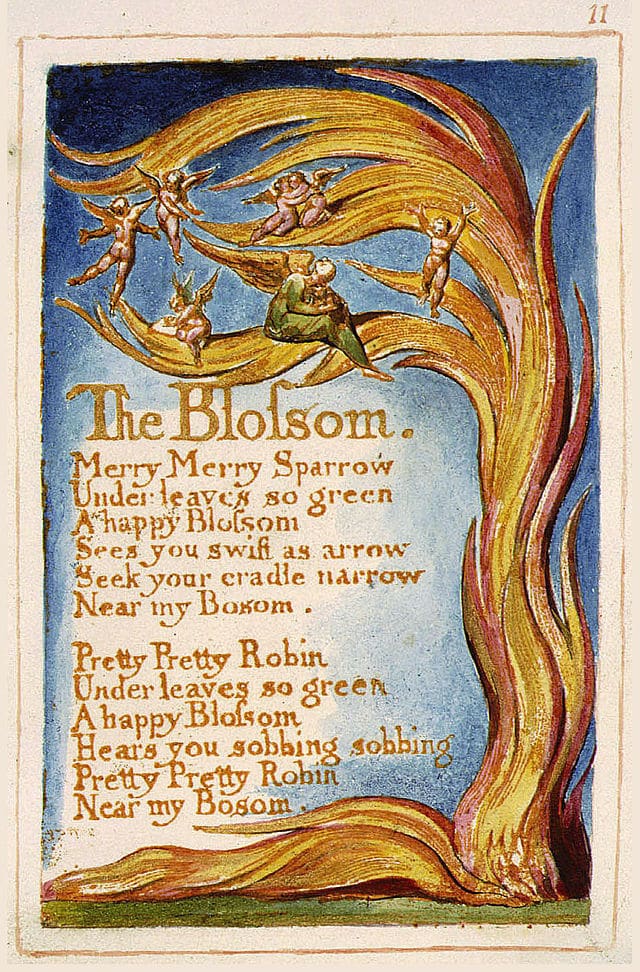The fountains mingle with the river
And the rivers with the ocean,
The winds of heaven mix for ever
With a sweet emotion;
Nothing in the world is single;
All things by a law divine
In one spirit meet and mingle.
Why not I with thine?—
See the mountains kiss high heaven
And the waves clasp one another;
No sister-flower would be forgiven
If it disdained its brother;
And the sunlight clasps the earth
And the moonbeams kiss the sea:
What is all this sweet work worth
If thou kiss not me?
Summary and Analysis
-
Editors Rating
Meaning of the Poem
Love’s Philosophy was published by Leigh Hunt in the December 22, 1819 issue of The Indicator and reprinted in Posthumous Poems in 1824 edited by Mary Shelley. It was included in the Harvard manuscript book where it is headed “An Anacreontic”, dated “January, 1820”. Anacreontics are poems written in the style of the ancient Greek poet Anacreon, known for his celebrations of love. Shelley wrote it in a copy of Leigh Hunt’s Literary Pocket-Book, 1819, which was presented to Sophia Stacey, December 29, 1820. The poem is divided in two 8-line stanzas with an ABABCDCD rhyme scheme.
The main theme is that of the “connection” that exists between all things in the world in general and between the poet and his object of affection in particular. There is unity in nature. This unity is also found in human relationships and interactions.
The poetic devices Shelley uses in the poem are Personification (Fountains mingle with the river; Winds of heaven mix forever with a sweet emotion; The mountains kiss high heaven; The waves clasp one another; Moonbeams kiss the sea), Metaphor (No sister flower could be forgiven if it disdained its brother), and the Rhetorical question (If thou kiss not me?).
source: Wikipedia


